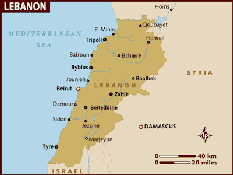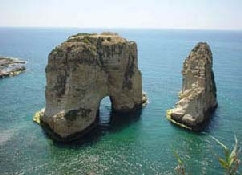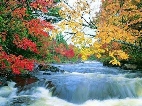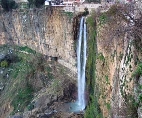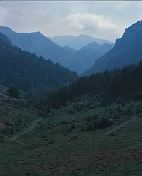Geography and Climate
Lebanon is a small and beautiful country on the Eastern shore of the Mediterranean Sea. It is uniquely positioned at the crossroads of Africa, Asia and Europe, and as such, has been the crossroads of many civilizations whose traces may still be seen today. Its coastline is about 225 km (140 miles) in length and is, on average, 45 km (30 miles) wide. The total area of the country is 10,452 square km (4,035 square miles). Along the coast are the five famous cities of Beirut, Byblos, Sidon, Tripoli, and Tyre. It is bordered in the north and east by Syria and in the south, by Israel.
Lebanon weather is as varied as its beauty. As for the sun, it’s business as usual, 300 days a year. Winter on the coast can be dry and mild one day and wet and chilly the next. In the mountains, the snows guarantees good skiing from December through April.
Government and Politics
Due to its long history, natural beauty, and rich culture, the Republic of Lebanon has always occupied a special place in the world. Beginning with its independence on November 22, 1943, Lebanon has been and continues to be an integral player in the Middle East and throughout the international community. As an Arab country, Lebanon’s official language is Arabic; however, English and French are widely spoken. Lebanon is a founding member of the LAS and the United Nations, and it has played a major role in the drafting of the Universal Declaration of Human Rights.
As a democratic republic, Lebanon enjoys a parliamentary system of government with a President, a Prime Minister, and a cabinet chosen through an electoral process.
Education
Lebanon has seven major universities and numerous specialized colleges. For example, the American University in Beirut, founded in 1866, offers a liberal education that has trained many of the region’s leaders, educators, and scientists. The Lebanese state university was founded in 1967 comprising of faculties of law, medicine, arts, and science.
Because Lebanon is a country where three languages are commonly spoken, there are schools that teach in Arabic, French, and English.
